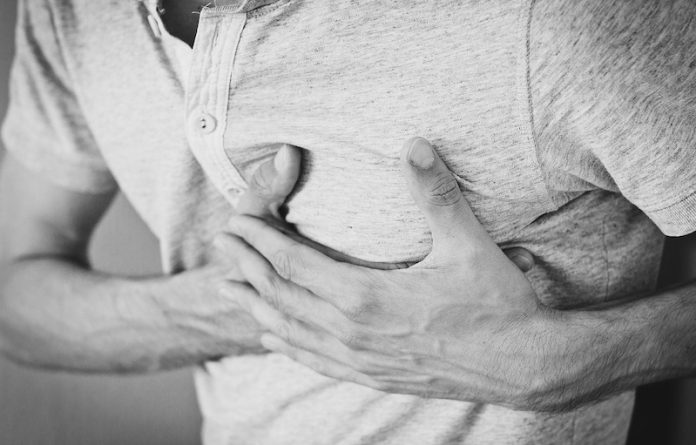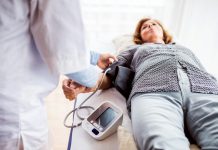
A recent study from the Baker Institute found vitamin E could be used to save muscle from dying during a heart attack.
The finding sheds new light on the potential of the therapy with vitamin E in patients with heart attacks and may ultimately offer an effective low-cost treatment.
Heart attack is a leading cause of death worldwide and new treatment strategies are highly sought-after. Unfortunately, lasting damage to the heart muscle is not uncommon following such an event.
One of the most effective anti-oxidant and anti-inflammatory agents is vitamin E and its derivatives.
Interestingly, Vitamin E has been trialed unsuccessfully for preventing heart attacks but has not been investigated for actually treating heart attacks.
In the study, the treatment regime reflects clinical conditions, where patients could receive their first application of vitamin E in the ambulance or upon their arrival in the emergency department, before reopening and stenting the blocked vessel and the following days in the hospital before discharge.
The next step is to test an already approved formulation of Vitamin E in patients admitted with a heart attack. They plan to prove that heart function is preserved using sensitive magnetic resonance imaging.
The team says as there is currently no drug available that can reduce the cardiac damage caused by an overshooting inflammation after the reopening of a blocked coronary artery, the potential impact of our finding on cardiovascular health would be significant.
The doses of vitamin E given in this study are approved to be safe by the European Commission Scientific Committee on Food.
If you care about muscle, please read studies about the cause of weak muscles in older people, and Krill oil could improve muscle health in older people.
If you care about heart health, please read studies about how eating eggs can help reduce heart disease risk, and Vitamin K2 could help reduce heart disease risk.
The study was conducted by Professor Karlheinz Peter et al and published in Redox Biology.
Copyright © 2022 Knowridge Science Report. All rights reserved.



